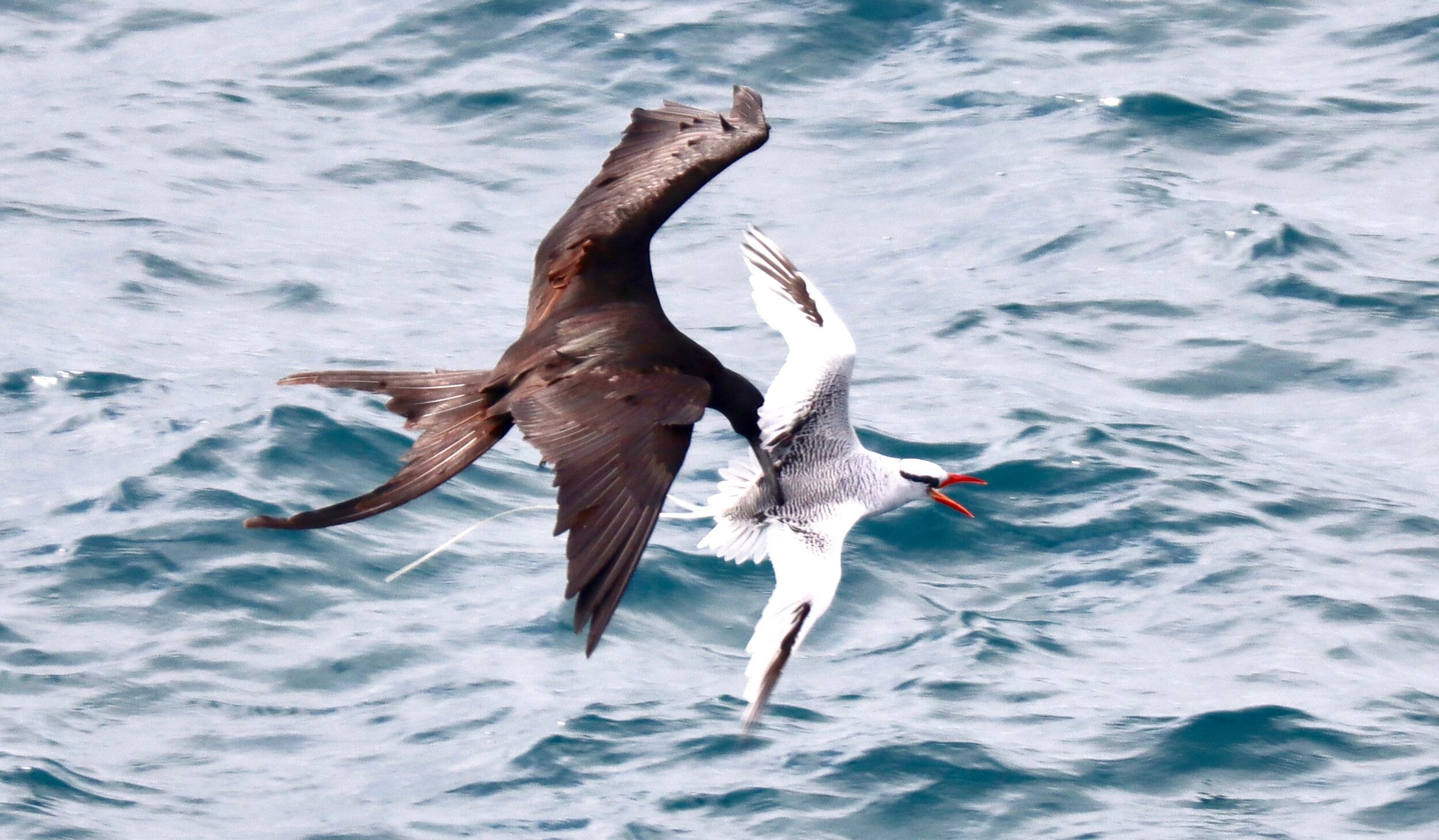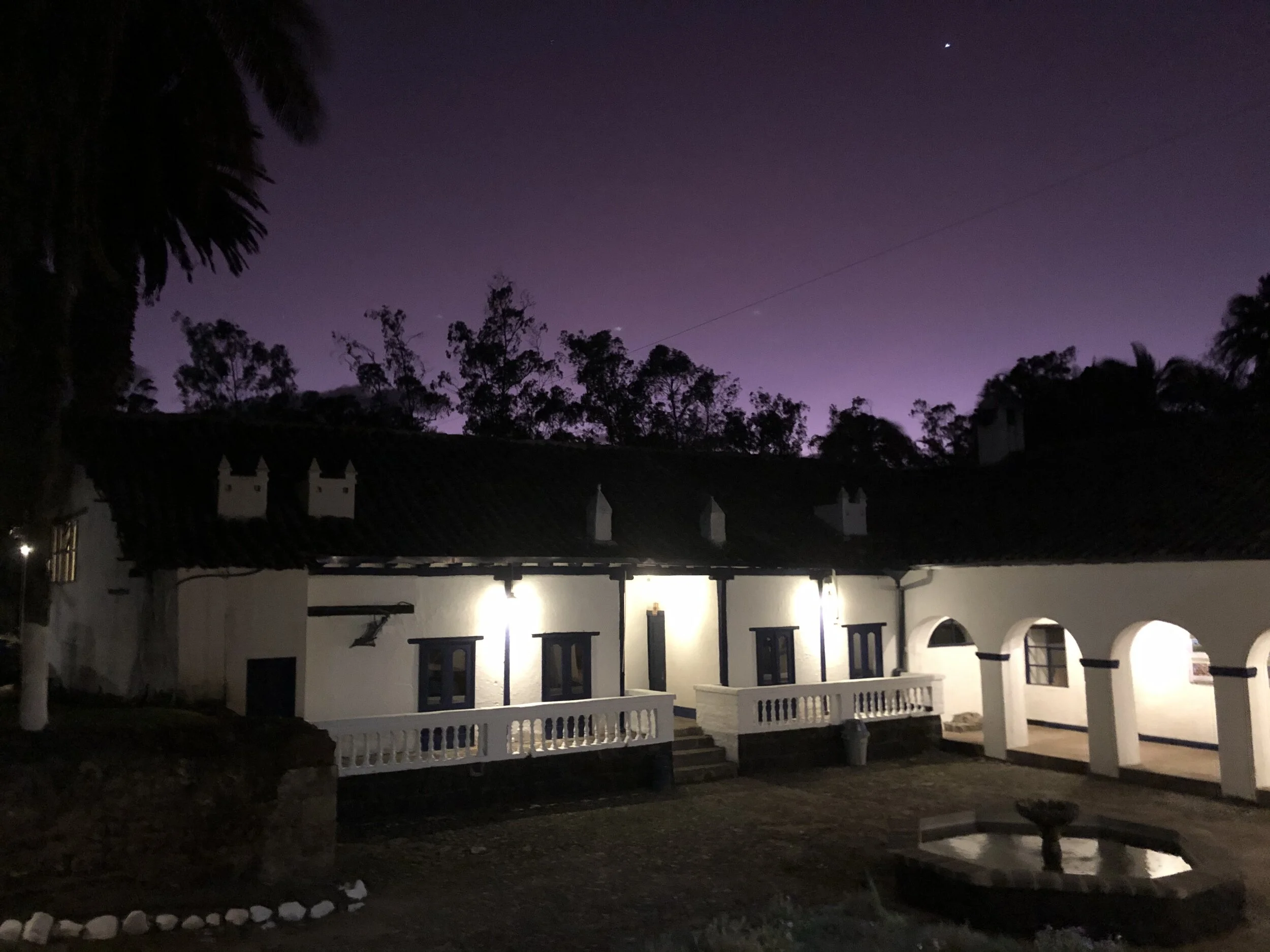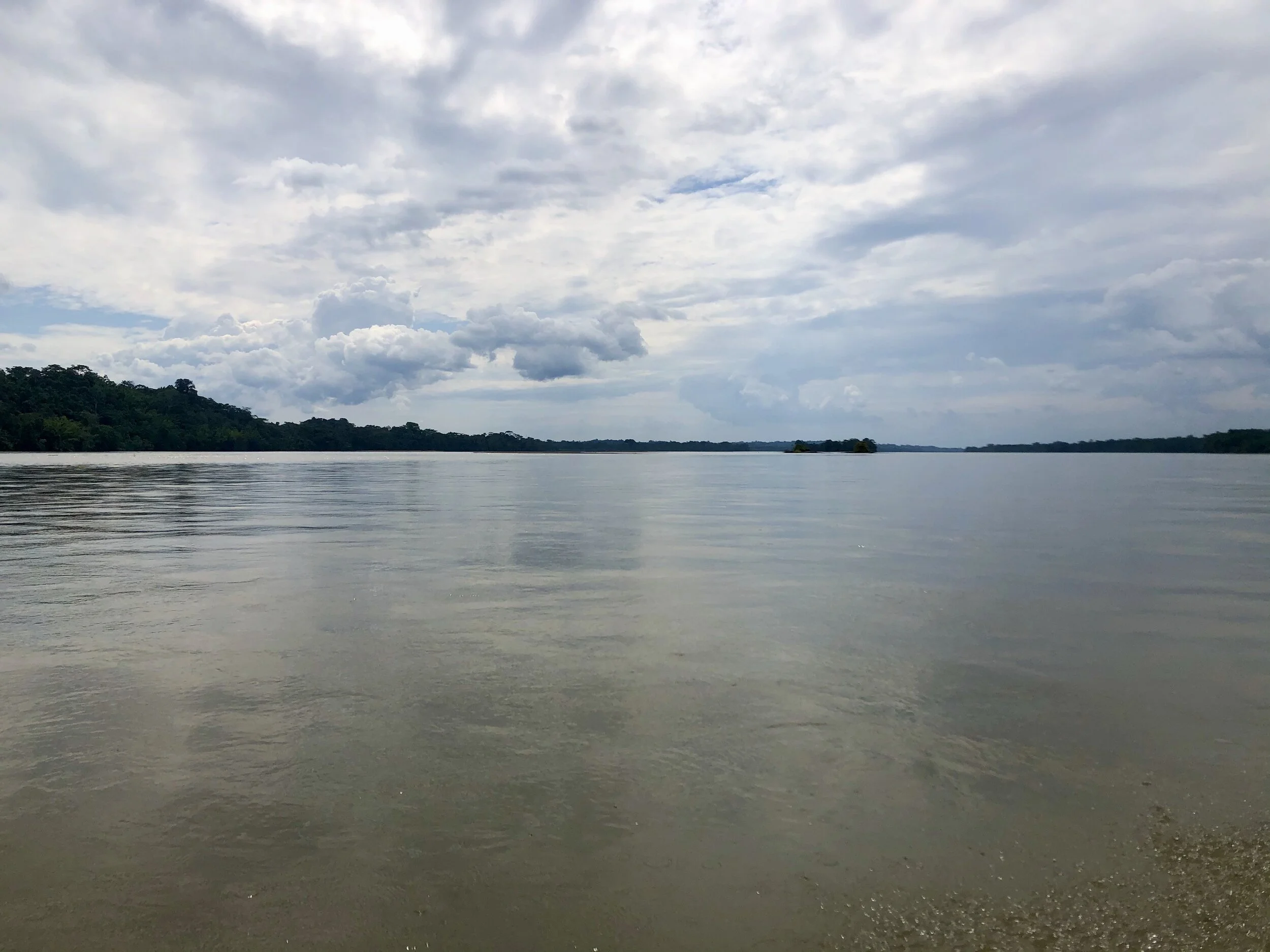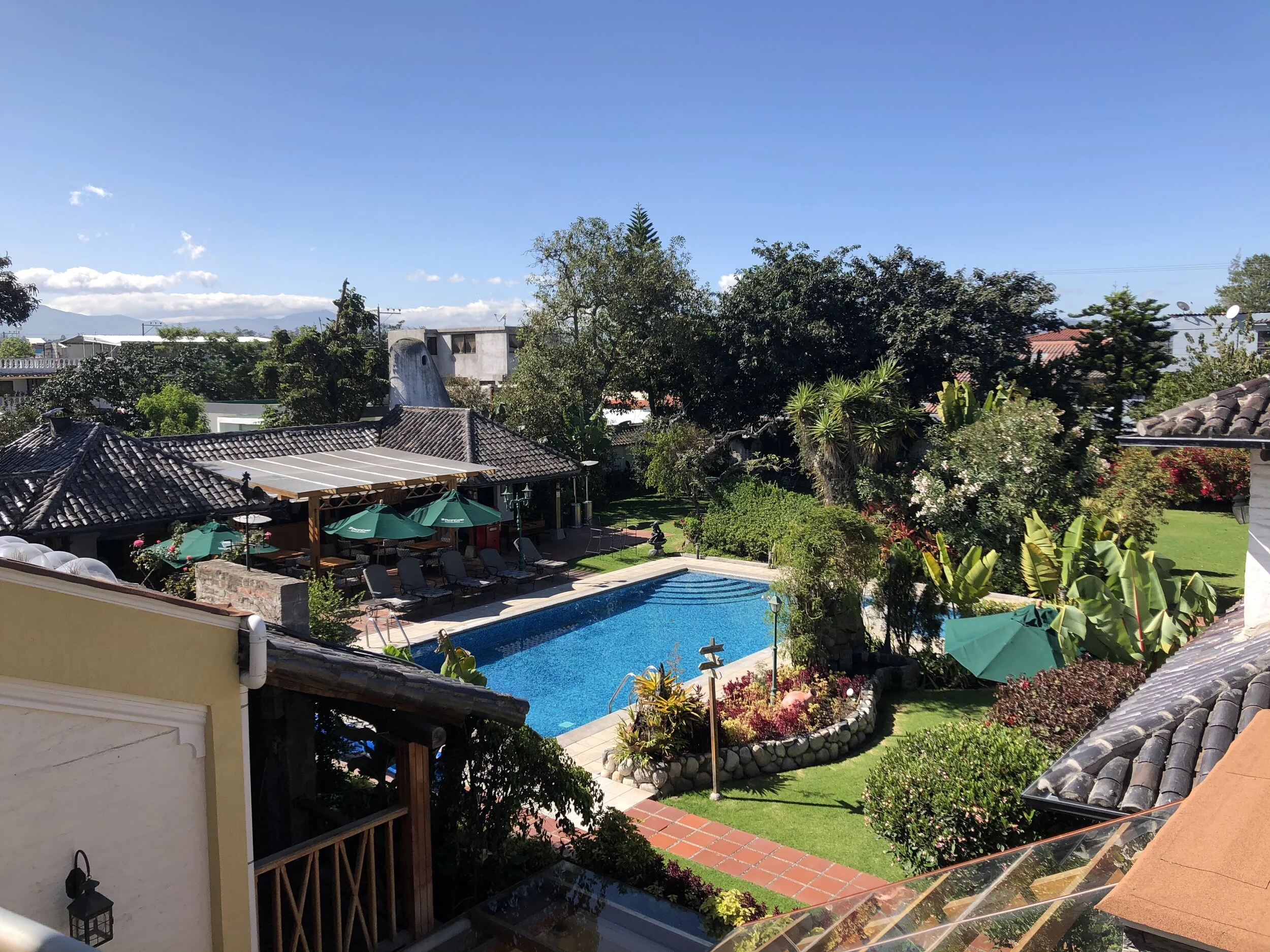Whakapapa
Whakapapa is a Māori word for genealogy, and is also the name of a village in Tongariro National Park, which is a UNESCO World Heritage site on the North Island. It also has excellent views of MOUNT DOOOOM (a combination of Mount Ruapehu and Mount Ngauruhoe, sacred to Māori). A hike on the nearby Taranaki Track reveals resplendent plant life. If I had grown up in New Zealand, I hands down would have become a botanist. And yes, I can’t not think “Waka Flocka” when I see the name.
MOUNT DOOM (above)! Not spewing lava today.
Mount Ruapehu is above in the background (where MOUNT DOOM was also filmed).
Hobbiton
I am totally in awe at the New Zealand countryside.
It has many familiar parts - grasslands, subalpine forests, cattle farms, windy ocean beaches - and yet, there is something different that I haven’t yet put my finger on.
Friday was an excellent day for a hobbit visit! The weather was gorgeous. Our tour guide, Katie, was a recent college grad from Arkansas who immediately got on a plane to New Zealand as soon as she could.
So, the hobbit holes were cool but LOOK AT THIS ANT(?) DRAGGING A SPIDER.
Sorry to put the highlight up first...I’m sure most of you will be satisfied enough with that image, but for those who want the holes, here they are:
Can you find which tree is fake in the above image? (trunk made of fiberglass, leaves made of silk)
The oak tree above Bag End is not real! Sir Peter Jackson wanted to create a tree that was true to the story of the Hobbit, which took place ~60 years before the Lord of the Rings, so he had to make a tree that looked younger. To do so, he built a tree with 376,000 hand-painted leaves intricately sewn in to the fiberglass bark. When the leaves become faded, workers individual repaint the leaves. Looks pretty doggone real though, right?
Lastly, we topped it off with a choice of ginger beer, a dark ale, a lager, or a cider from the Green Dragon!
GMT +13
Matamata
POOF. I am in New Zealand. I had barely begun to write about the Amazon, and it has been radio-silence here about the Galapagos. And already I have dived (dove? doven? doved? dived myself?) even further into the Southern Hemisphere, the only hemisphere I had never before been to.
I am going to do some back-and-forth dances for a minute. I want to keep up to date on the blog, but occasionally I will intersperse pictures from Ecuador.
First, it was probably the longest 3 days of my life to get here.
Baltra, Galapagos -> Guayaqil -> Quito -> Atlanta (12 hour layover) -> Los Angeles -> Sydney -> Auckland -> 2 hr drive to Airbnb.
That trip was hands down the longest/most consecutive flights I have ever suffered in my life. No sleep (except for a few hours stolen in Atlanta) from (local times) 6am Monday - 7pm Thursday. FOR 66 HOURS.
I zoinked out immediately at the Airbnb. I haven’t slept so deeply.
Which is too bad, because it was one of the most beautiful Airbnbs I have ever seen. A feijoa orchard near Matamata (a pretty famous one, it turns out, hosted by a Dutch-turned-Kiwi family that have won many national sustainability awards for their work).
Come again? FAY-ZHOW-UH?
I had never heard of it either! But it is a magical delicious fruit that from a distance looks like a lime + avocado hybrid. From close up it tastes like tart tomato, pineapple, and other flavors that I don’t have words for. It’s sweet, tart, fruity, and would be excellent in an apple-feijoa crisp. This is going to be more popular one day than kiwis, I bet. Or at least will be a household name. You heard it here first!
Looky here at this majestic farm life:
feijoa images: Milkwood.net
NEXT STOP: HOBBITON
Galápagos Birds
I can’t even begin to describe what a feast on the eyes and mind the Galápagos Islands were. I spent 7 days on a catamaran with 14 other tourists and a full crew. Our guide, Paola, was a native to the islands and had an encyclopedic memory of all flora, fauna, geology, culture, etc. There was hardly a question that she did not know the answer to. To give you a taste, I am highlighting here the photography of Athene Blakeman, a brilliant photographer with whom I was lucky to share a boat for a week. These are a taste of the animals we saw, and I will continue to add more of my own pictures and stories to complement her excellent eye. Nearly everything in these photos she and I saw together, so it does not feel disingenuous to show my own experience through her lens.
Blue-footed boobies (Sula nebouxii). Both males and females have blue feet. Their name comes from the Spanish word for clown or fool [bobo] because they lift their feet up dramatically and dance to attract their mates (as shown here). It is a sexually selected trait, so the bluer the feet, the more desirable the male to the female. The blue comes from carotenoids from a healthy diet of fresh fish. Carotenoids are good for the immune system. Thus, the blue feet are a good representation of the bird’s immune health.
One of the 17 finch species found in the Galápagos!
A juvenile magnificent frigatebird (Fregata magnificens). These birds are all over the Galápagos (along with a very similar species, the great frigatebird (Fregata minor)). They soared alongside our boat as we moved from island to island. They are known as kleptoparasites, meaning they occasionally rob food from other birds. Tropicbirds, shown below, are often a victim of this thievery.
The red-billed tropicbird (Phaethon aethereus), shown flying in search of food. See the long tail? The frigatebird can grasp the tail and pull the tropicbird towards it until can hold on to the tropicbird’s body with its beak.
Frigatebird grabbing a tropicbird to make it vomit up its recent catch of food.
There were about 5 frigatebirds chasing this poor tropicbird. The good(ish) news is that this type of food acquirement is relatively less frequent than gaining food by other means, but still, tropicbirds always have to be on the lookout!
Short-eared owl (Asio flammeus galapagoensis). Isn’t this owl incredible? It is somewhat uncommon to be out and about during the day, so we weren’t expecting to see one. And yet, it was one of the very first birds we saw on the first hike of our tour (Isla Plaza Sur). This one was sitting patiently, looking a bit annoyed at us. We noticed a bunch of bird wings nearby and figured it was digesting a nice, big breakfast. It is known to grab petrels (another type of bird) and only eat the bodies, discarding the wings. It is common to find bird wings on the ground, placed perfectly, as though the bird’s body simply disappeared and left the wings behind.
More photos to come soon!
And again, all photography here is by the talented Athene Blakeman.
Galápagos: Snorkeling
While in the Galapagos, we snorkeled nearly everyday. The ocean was completely full of life. Here are a few of the spectacular moments captured underwater.
Next update: back on the other side of the Pacific to discuss the WWOOFing life!
My Uncle’s Grave
Cotacachi, Ecuador
I never knew my uncle. He lived in Ecuador my entire life and passed away in 2000, when I was almost 10. My dad only ever referred to him as “his brother,” so I didn’t even know his name. I had never seen any pictures of him. When I was in 5th grade, I wanted to write a story about him. When my teacher asked me his name I said I didn’t know. She looked at me with a raised eyebrow. I knew he was a horticulturalist, that he went into the Peace Corps and was placed in Ecuador, fell in love with it, and spent the next 40 years of his life living there (with some stints in the US and Mexico). I remember when my dad got the phone call about his brother’s death. A heart attack. He flew to Ecuador for the funeral, to Cotacachi, world-famous for its leather, and brought me and my mom back leather jackets and hair scrunchies. And that was that. I refrained from asking many other questions because it seemed my uncle lived his own life, and my dad did not volunteer information. Only now, when I had the opportunity to find his grave while in Ecuador, did I begin to ask questions again.
My uncle Bill lives on through my cousins - all four of whom are scattered throughout the United States. Becky, the youngest cousin, lived with her dad in Cotacachi and married a local man, Fabricio Proaño. His family is still in Cotacachi, and my uncle was well known around town. Everyone knew the Whites, gringos in both in name and skin.
From left to right: Rosabelle, Becky, Thomas, Bill, and my dad, David.
I never knew my uncle, but being in Cotacachi helped me to understand who he was: a divine gardener and engineer. I walked the streets that he used to walk. I saw the apartment above the flower shop where he lived with two of my cousins, Becky and Bill Jr., and their dog, Ziko, after he and their mom split up. I walked the trails that he walked each weekend around the beautiful Laguna de Cuicocha. I saw the garden he created around the Indian sun sculpture near the gate to the city. I saw the grounds he landscaped outside of the famous Hacienda Pinsaqui.
Now, Hacienda Pinsaqui is a special place for many reasons. My uncle did the landscaping before the Hacienda opened to the public as an inn in 1995, but it also is steeped in history. The building has seen its share of historic events: it is where Simón Bolívar prepared for the battle of Ibarra in 1823 during the Ecuadorian War of Independence. He was apparently a frequent visitor. It is also where the “Treaty of Peace and Friendship” between Ecuador and Colombia was signed in 1836.
I could see why my uncle loved this place enough to call it home for so long. It is high in the mountains, crisp, and beautiful. The people are hospitable and the food is excellent. It is a town of artists and musicians, as evidenced by the statue of Charlie Chaplin, one of the greatest artists of all time in the minds of Ecuadorians. I was delighted to find a piece of family here, one that had been a mystery to me, and still is.
My cousins told me to ask the groundskeeper at the cemetery, “el ingeniero William White o el gringo.” But as soon as I mentioned his name, the groundskeeper said, “El gingro! Si!” Before I could say anything more, and led me right to his plot.
I still have so much more to learn.
“In loving memory of our father and brother: Rosie, Tommy, Billy, Becky, and David.”
William Charles White
June 30, 1939 - March 20, 2000
La Selva
Day Two: Into the Jungle
Quito —> flight to Francisco de Orellana (aka Coca) —> 2+ hour motorized canoe ride down the Rio Napo to landing dock —> 20-minute manual canoe ride to La Selva.
Limoncocha, Sucumbíos Province, Ecuador
The motorized canoes that took us down the Napo River.
View of Garzacocha (meaning Heron in a mix of Spanish and native Kichwa) Lake from La Selva Lodge.
Everything I need
I must admit that there is an excitement and lightness to shedding all the material items from my life save the essentials. I was able to borrow an 80-liter women’s backpack from the gracious Hannah Roberts (in addition to a camp pillow, bag, and laundry line — thanks, Hannah!). I am trying to do my best to prepare for all climates and unforeseeable hiccups. Cash placed in multiple nooks and crannies. Multiple copies of my passport printed and distributed. Japan rail pass securely tucked away. I am excited to figure out exactly what I use and how often from what I have packed. Don’t you worry — there will be a full report.
Curious about the full packing list?
Clothing: 3 short-sleeved shirts, 2 long-sleeved shirts, 2 tanks, 3 pants, 3 shorts, 1 skirt, 6 pairs socks and undies, 3 bras, pullover sweater, rain jacket, down jacket, scarf, bathing suit, flats, sandals, trail shoes, bandana, hair ties, visor, sunglasses.
Toiletries: travel toothpaste, toothbrush, hair brush, dry shampoo, eye drops, contacts solution, case, glasses, case, extra contacts and glasses, medications (including those for traveler’s diarrhea and Malarone), Neosporin, ibuprofen, women’s sanitary products, hand sanitizer, Campsuds, Q-tips, deodorant, bug spray, sunscreen, shampoo, conditioner, soap, mini-hand/face towel, washcloth, multi-towel, razor and extra blades, travel toiletry bag,
Electronics: laptop & charger, Garmin & charger, headphones and Kindle & charger, cell phone & charger, power adaptor, headlamp.
Other: collapsable bowl, cup, spork, 2-liter water bladder, Grayl water purifier bottle, travel journal, Galapagos nature guide, waterproof notebook & pen, iPhone Moment camera lenses, REI daypack, passport, Global Entry ID, cash, credit cards, wallet, driver’s license (for renting a car in NZ), Spacesaver bags & pump, plastic bag for dirty clothes, reusable shopping bag, laundry line for drying clothes, sink stopper for hand-washing clothes, sleeping bag & liner, sleeping pad, and pillow.
Phew. How’d I get all that in there?





















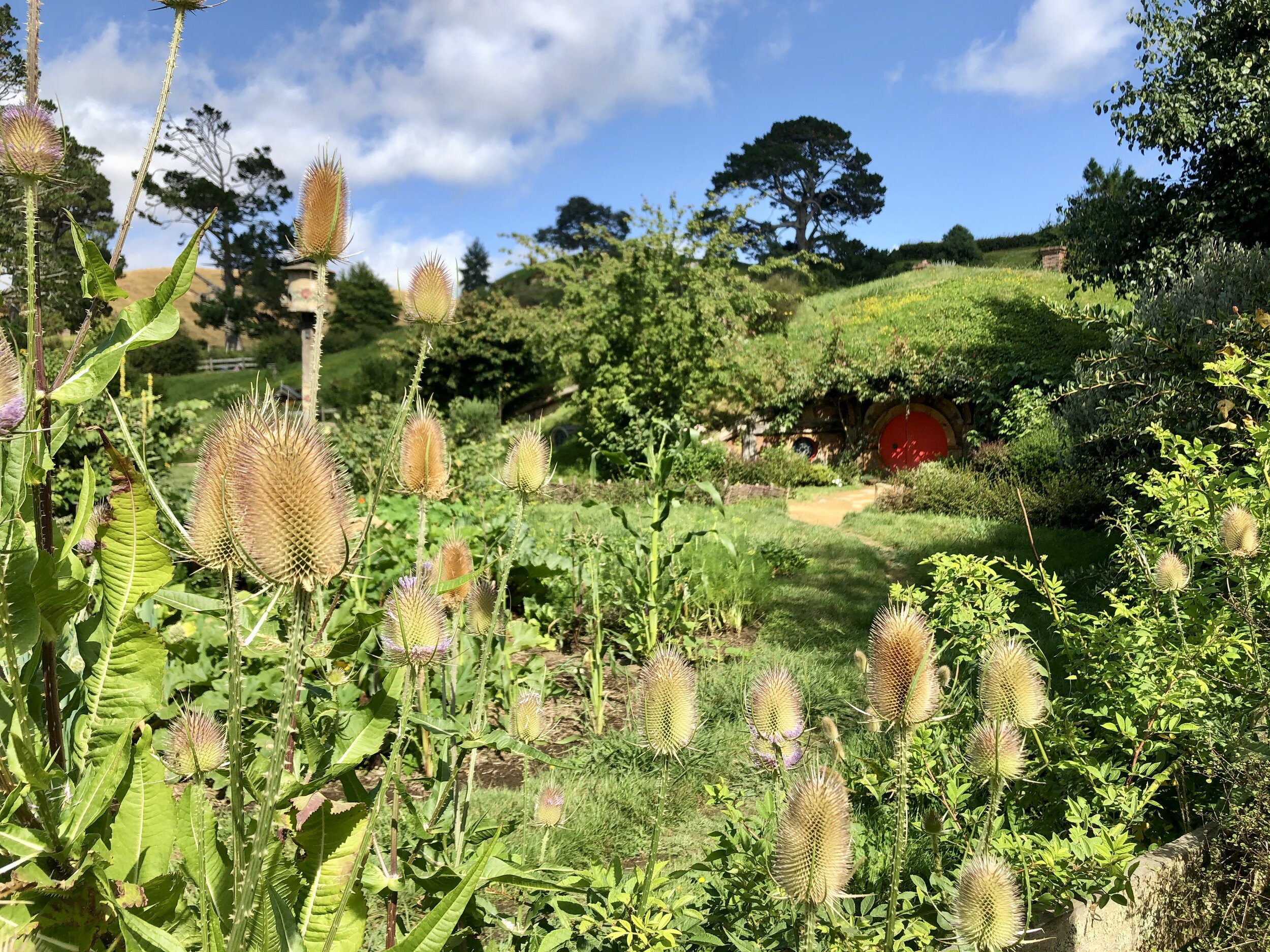


















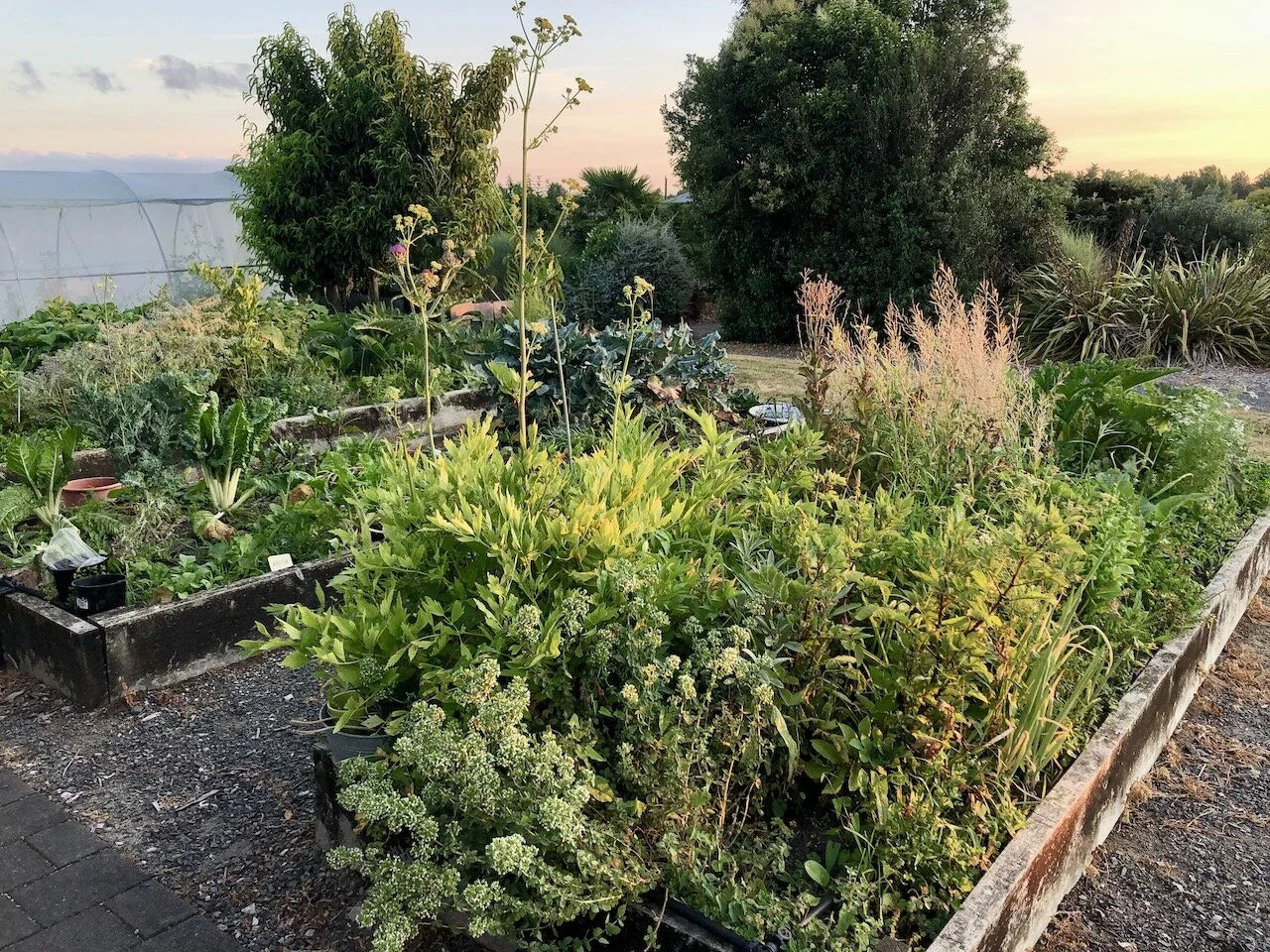








![Blue-footed boobies (Sula nebouxii). Both males and females have blue feet. Their name comes from the Spanish word for clown or fool [bobo] because they lift their feet up dramatically and dance to attract their mates (as shown here). It is a sexua…](https://images.squarespace-cdn.com/content/v1/5deefba5fbe89c56400f287f/1580672840101-VR4AEMDVLVK9R8Y2ZRUZ/Boobies.jpeg)



